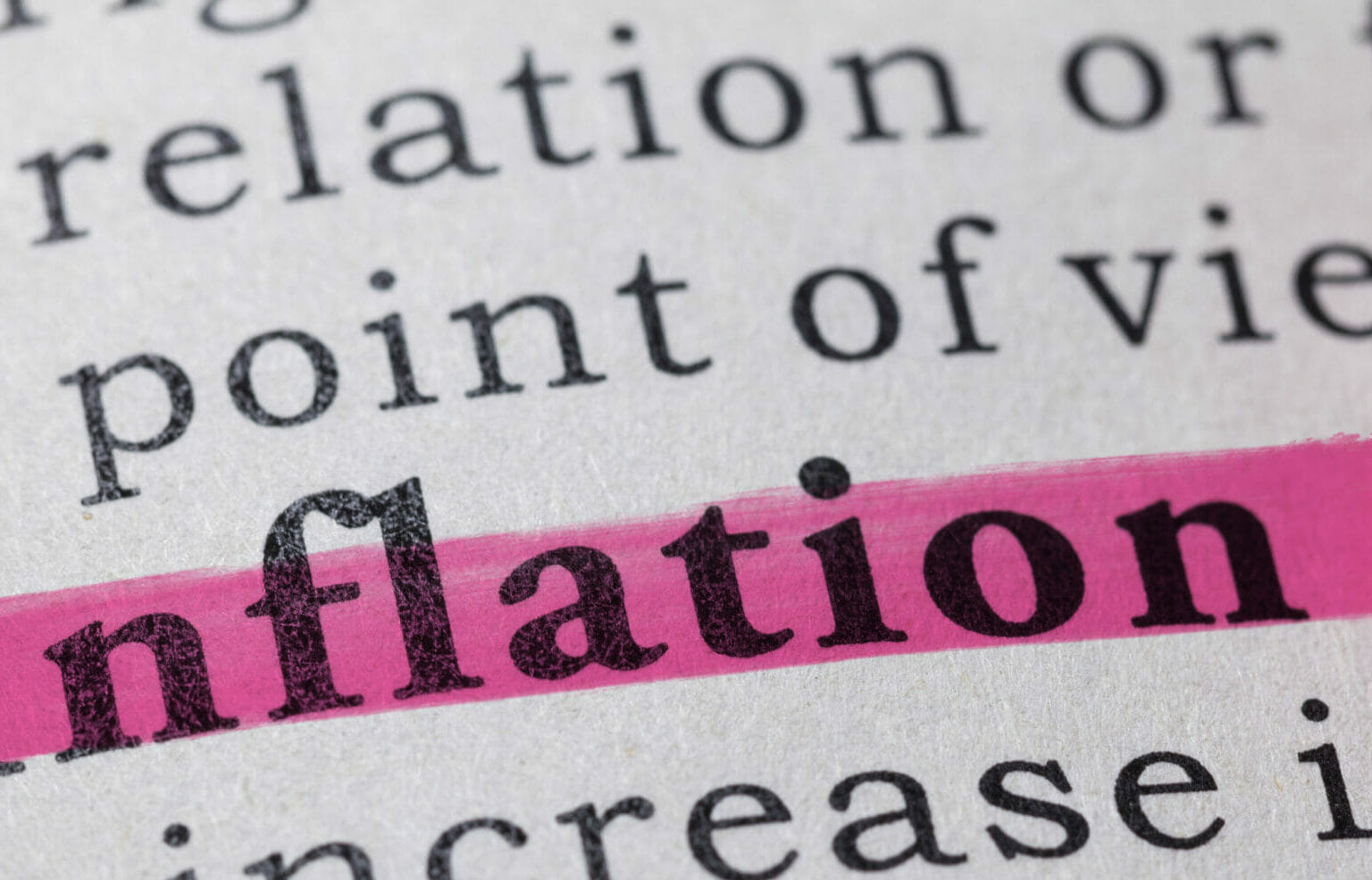A process that is expected to drain trillions of dollars of liquidity from the financial system.
In addition to the almost certain increase in interest rates, the Federal Reserve will begin reducing its asset holdings on Wednesday, a process that is expected to flush trillions of dollars of liquidity from the financial system.
The Fed’s balance sheet, which is primarily comprised of Treasury securities and mortgage-backed securities (MBS), is close to $9 trillion. This unprecedented sum will be reduced gradually at first, then by up to $95 billion per month by September.
Though the process began unofficially in early June, the official start date is Wednesday. Approximately $15 billion in Treasurys will mature at that time, with another $33 billion or so due at the end of the month.
The Fed will allow $30 billion of that total to roll off the balance sheet, while reinvesting the rest, according to a process outlined several months ago. In months when Treasury note proceeds fall short of the cap, the Fed will make up the difference with maturing bills.
The Fed anticipates receiving approximately $31 billion in principal from MBS during the June period. According to a schedule on the New York Fed’s website, it will allow $17.5 billion in mortgage-backed securities to roll off, with plans to reinvest the remaining $13 billion or so over the next month.

In market cycles, this is referred to as quantitative tightening. Given how much of a tailwind Fed liquidity has been for financial markets over the last 14 years, investors will be watching the ramifications closely.
Prospects of Fed tightening in response to soaring inflation have roiled markets throughout 2022, so a 75-basis-point rate hike, combined with the start of QT, should be another litmus test.
The unexpected tightening comes at a difficult time for the markets and economy.
The Nasdaq and the S&P 500 are both in bear markets. Treasury yields have risen to multi-year highs in bond markets, and credit spreads are widening significantly, particularly in high-yield bonds, where the spread against Treasurys is nearly 5 percentage points.
According to Wall Street estimates, the Fed’s balance sheet reduction will be around $2.5 trillion. According to Fed research, that could be the equivalent of two 25 basis point increases in the federal funds rate.
